Elements of A Good Brokerage Strategy

What we’ve seen is a more predatory style of wine broker that sees the sales opportunity and doesn’t consider the long term pricing impact on the winery. It’s a commission grab and less a strategic deployment of product that benefits the immediate needs of the winery while thinking about the long term ramifications on price point.
Third Leaf Trading takes a far more consultative approach. We’ve built a network of buyers who understand our mission is divided equally between monetizing the inventory and protecting brand equity. We work this way because it’s the right thing to do for the brands and we see this as a long relationship game.
The winery’s objectives must drive a brokerage strategy. Before we at Third Leaf Trading ever start sketching out a brokerage strategy, we must first understand:
- What are the time constraints? Some wineries have their back against the wall with demanding creditors or a bank threatening foreclosure and need cash in 30 or 60 days. Other clients know they are going to miss a vintage transition in three or six months, while some have the luxury of more time.
The time allowed for the process will determine how quickly we have to act. Some customers pay well, but are slow to make purchasing decisions. Other customers offer perfect price opacity, but often have much longer lead times. Knowing the winery’s time constrains permits us to develop an optimal sequence of customer presentations.
- How important is price opacity vs. cash recovery? Again, some wineries just need cash to pay off creditors, so cash recovery is paramount. For others, the business is sound, but they need to catch up on inventory, so opacity (ie, not having discounted prices online or on wine-searcher widely visible to the rest of the industry) is more significant. Understanding this, we can then fashion a strategy targeting customers that will maximize cash flow or brand-preserving opacity for the winery.
- Where does a winery currently sell its wine? A good broker should find customers that will not unduly cannibalize a winery’s current sales and/or antagonize existing distributors. We try to work with, not around, a winery’s distributors and target customers in markets in which a winery doesn’t already have a large number of customers, so that the brokerage effort is as additive as possible for the winery.
Why are we sharing the details of our process? Knowing the theory is easy, but properly and thoughtfully executing each time is the real challenge. Also, the breadth and depth of our customer network underpins the development of each unique brokerage strategy.
by Alexander Pagon
Alex Pagon is a Founding and Managing Partner of Third Leaf Partners. He leads Third Leaf’s beverage practice, which oversaw the successful turnaround of Evening Land, launched ENTER.Sake in the US and Europe as a category leader in the premium sake segment, and helped grow several other brands, including Empire Estate, Lingua Franca, Antica Terra, and OOLA. He currently advises premium wineries, breweries, and distilleries in five states and six countries. Alex also serves on the board of WineBid, the world’s largest online wine auctioneer, and is a founder and director of Protea Financial, which provides accounting and bookkeeping services to small- and medium-sized businesses.
